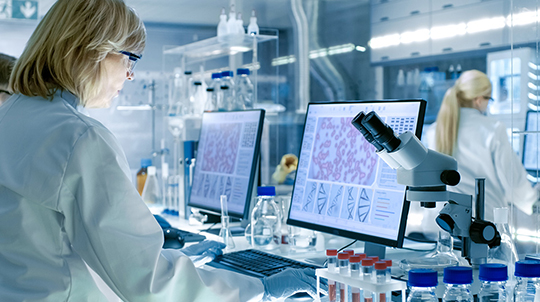Featured News
-
April 16, 2024
The program supports mothers and pregnant people in crisis by providing holistic and personalized treatment for perinatal mood and anxiety disorders while centering the mother-baby relationship. WASHI...
Browse news by hospital and team
For reporters
Share this
All News
-
April 16, 2024
The program supports mothers and pregnant people in crisis by providing holistic and personalized treatment for perinatal mood and anxiety disorders while centering the mother-baby relationship. WASHI...
-
April 15, 2024
Opening in late 2024, the pavilion will be the central hub for patients seeking cancer care. OLNEY, Md. — MedStar Health has proudly broken ground on the John D. Maylath, MD, Oncology Pav...
-
April 12, 2024
MedStar Family Choice hosts one-day event to raise awareness of risks associated with poor birth outcomes BALTIMORE – MedStar Health joins the national effort to raise awareness and strengthen t...
-
April 08, 2024
MySpine technology allows for greater accuracy and faster surgery WASHINGTON — MedStar Washington Hospital Center has been perfecting ways to perform complex cervical spine surgery, and recentl...
-
April 04, 2024
The innovative collaboration bridges the gap between the hospital and patients’ homes. WASHINGTON – MedStar Health is now partnering with DispatchHealth, a leading provider of in-home care...
-
March 08, 2024
Procedure spotlights Blood Clot Awareness Month BALTIMORE – Raghuveer Vallabhaneni MD, Regional Director of Vascular Surgery for MedStar Health in Baltimore, performed the region’s 100th c...
- 1
- 2
- 3
- 4
- 5
- 6
- 7
- 8
- 9
- 10
- 11
- 12
- 13
- 14
- 15
- 16
- 17
- 18
- 19
- 20
- 21
- 22
- 23
- 24
- 25
- 26
- 27
- 28
- 29
- 30
- 31
- 32
- 33
- 34
- 35
- 36
- 37
- 38
- 39
- 40
- 41
- 42
- 43
- 44
- 45
- 46
- 47
- 48
- 49
- 50
- 51
- 52
- 53
- 54
- 55
- 56
- 57
- 58
- 59
- 60
- 61
- 62
- 63
- 64
- 65
- 66
- 67
- 68
- 69
- 70
- 71
- 72
- 73
- 74
- 75
- 76
- 77
- 78
- 79
- 80
- 81
- 82
- 83
- 84
- 85
- 86
- 87
- 88
- 89
- 90
- 91
- 92
- 93
- 94
- 95
- 96
- 97
- 98
- 99
- 100
- 101
- 102
- 103
- 104
- 105
- 106
- 107
- 108
- 109
- 110
- 111
- 112
- 113
- 114
- 115
- 116
- 117
- 118
- 119
- 120
- 121
- 122
- 123
- 124
- 125
- 126
- 127
- 128
- 129
- 130
- 131
- 132
- 133
- 134
- 135
- 136
- 137
- 138
- 139
- 140
- 141
- 142
- 143
- 144
- 145
- 146
- 147
- 148
- 149
- 150
- 151
- 152
- 153
- 154
- 155
- 156
- 157













